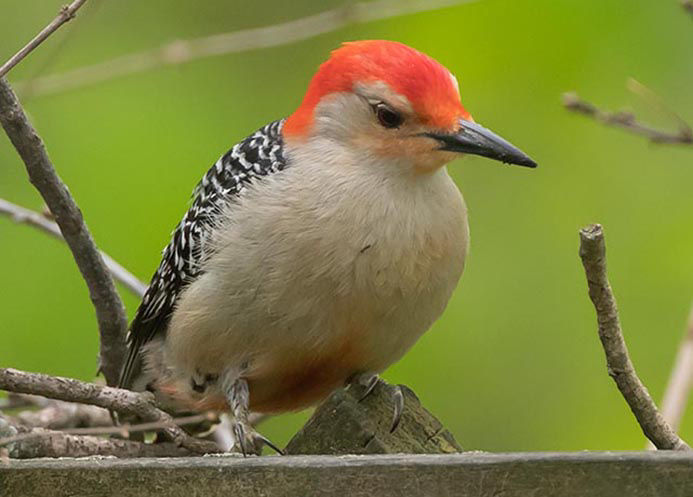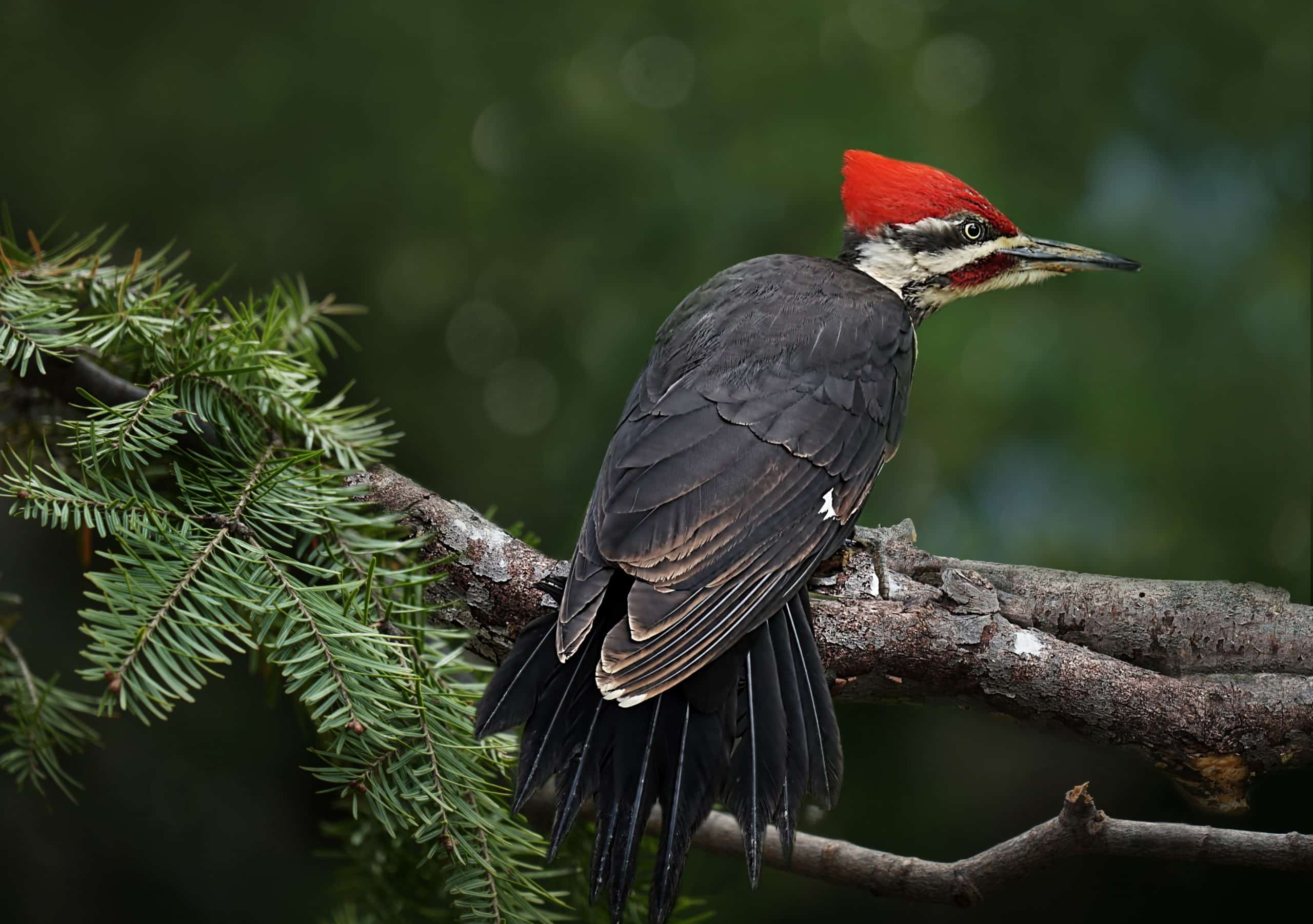Discover the Fascinating Globe of Woodpeckers: Everything You Required to Know
The world of woodpeckers is a realm loaded with one-of-a-kind actions, complex adjustments, and a diverse selection of species. From their environments and distribution patterns to their feeding routines and specialized anatomical functions, woodpeckers have long astounded the rate of interest of ornithologists and nature fanatics alike.
Woodpecker Habitats and Circulation
In North America, for instance, woodpeckers can be found in both coniferous and deciduous woodlands, utilizing their solid beaks to forage for pests and create nesting dental caries in trees. In Africa, specific woodpecker varieties have actually adjusted to arid environments, such as the acacia timberlands, where they play a critical function in controlling insect populations.

Feeding Behaviors and Diet
Amongst the numerous facets of their behavior, woodpeckers show distinct feeding behaviors and dietary choices. These birds are mostly insectivores, with a diet regimen that includes ants, beetles, caterpillars, and other insects located in trees. Woodpeckers use their strong beaks to pierce into the bark of trees, penetrating for bugs and larvae hidden under the surface area. In addition to pests, woodpeckers additionally take in nuts, seeds, fruits, and sap. Some varieties have specialized tongues with barbed suggestions that assist them extract pests from gaps in timber.
Woodpeckers are understood for their drumming behavior, which serves not just to communicate with other woodpeckers but also to locate food. The rapid drumming sound is produced by the bird pecking on powerful surfaces like dead trees or metal poles. This behavior can draw in bugs concealed in the timber, allowing the woodpecker to spot their existence and feed on them.
Distinct Adaptations for Tree Climbing
In their experienced pursuit of pests hidden within tree bark, woodpeckers have evolved impressive physiological attributes that furnish them with distinct adaptations for reliable tree climbing. One of the vital adaptations is their zygodactyl feet, with 2 toes directing onward and 2 directing backward, providing a solid grip on tree trunks. This customized foot arrangement enables woodpeckers to hold on to upright surface areas effortlessly, enabling them to go up and down trees with agility. Additionally, woodpeckers have rigid tail plumes that serve as an encouraging prop while they climb, helping in balance and stability. Their solid, chisel-like beaks are not just made use of for boring right into timber yet also for grasping onto bark as they rise tree trunks. Woodpeckers have strong neck muscles and an unique head structure that take in the influence of constant pecking, allowing them to climb vertically without creating injury to their brains. These adaptations display the extraordinary transformative style that enables woodpeckers to navigate trees with accuracy and efficiency.
Diverse Woodpecker Types Worldwide
With over 200 various species spread across various environments worldwide, the family of Picidae encompasses an impressive diversity of woodpeckers. These birds can be found in forests, woodlands, savannas, and even metropolitan areas, showcasing their flexibility to different atmospheres. From the iconic Northern Flicker in North America to the vivid and evasive Crimson-backed Flameback in Asia, each woodpecker varieties displays distinct characteristics in regards to plumage, habits, and environment preference.
Woodpeckers differ greatly in dimension, with the small Downy Woodpecker measuring around 6-7 inches in length, while the powerful Lineated Woodpecker can rise to 17 inches - Woodpeckers in Florida. Their beaks likewise come in various sizes and shapes, mirroring their feeding behaviors. Some types view specialize in removing bugs from tree bark, like the Acorn Woodpecker, while others, such as the Black-cheeked Woodpecker, feed upon fruits and seeds

Conservation Efforts and Difficulties
Conservation campaigns for woodpecker populaces are crucial in alleviating the influence of environment loss and other threats facing these diverse avian types. Woodpeckers deal with various difficulties to their survival, mostly as a result of deforestation, urbanization, climate modification, and intrusive varieties. To resolve these problems, preservation efforts focus on securing and bring back woodpecker habitats, implementing sustainable forestry practices, and raising awareness concerning the importance of these birds in ecosystems.
One significant obstacle in woodpecker preservation is the fragmentation of their environments, causing isolated populations that are more at risk to extinction - Woodpeckers in Florida. Guardians function to produce wild animals passages and shielded areas that link these fragmented environments, allowing woodpeckers to move in between various areas for feeding, reproducing, and sanctuary

Conclusion
In conclusion, woodpeckers are interesting birds with special adjustments for tree climbing and feeding actions. They can be located in varied environments worldwide, encountering preservation obstacles due to habitat loss and human activities. Understanding their habitats, diets, and behaviors is essential for conservation efforts to protect these important bird types. Additional research study and conservation actions are needed to ensure the survival of woodpeckers in the wild.